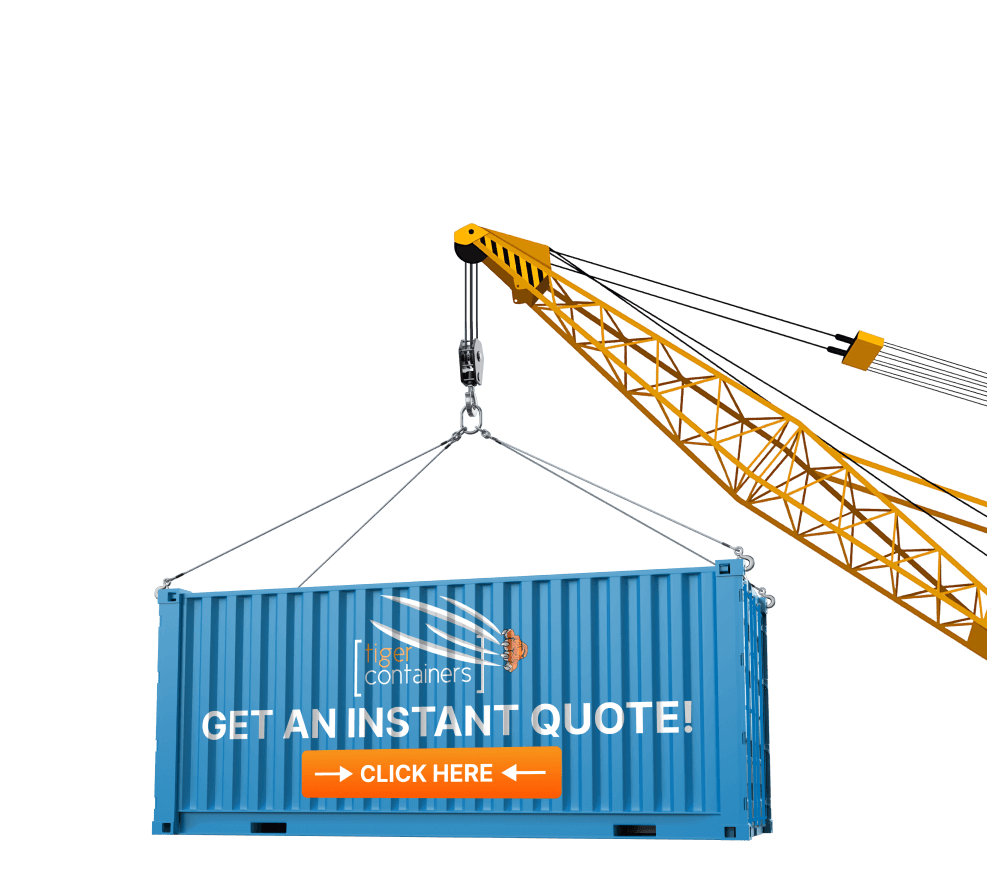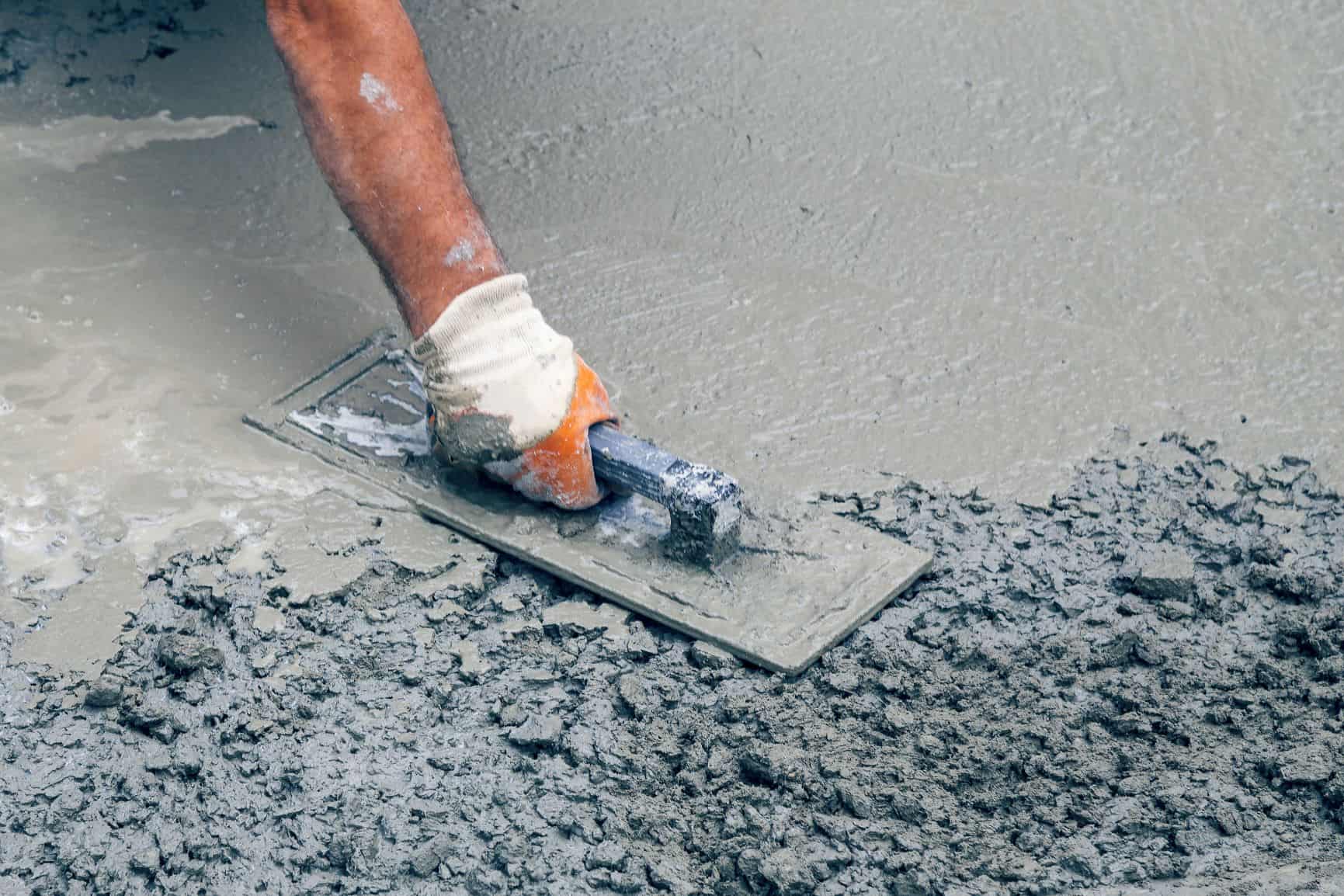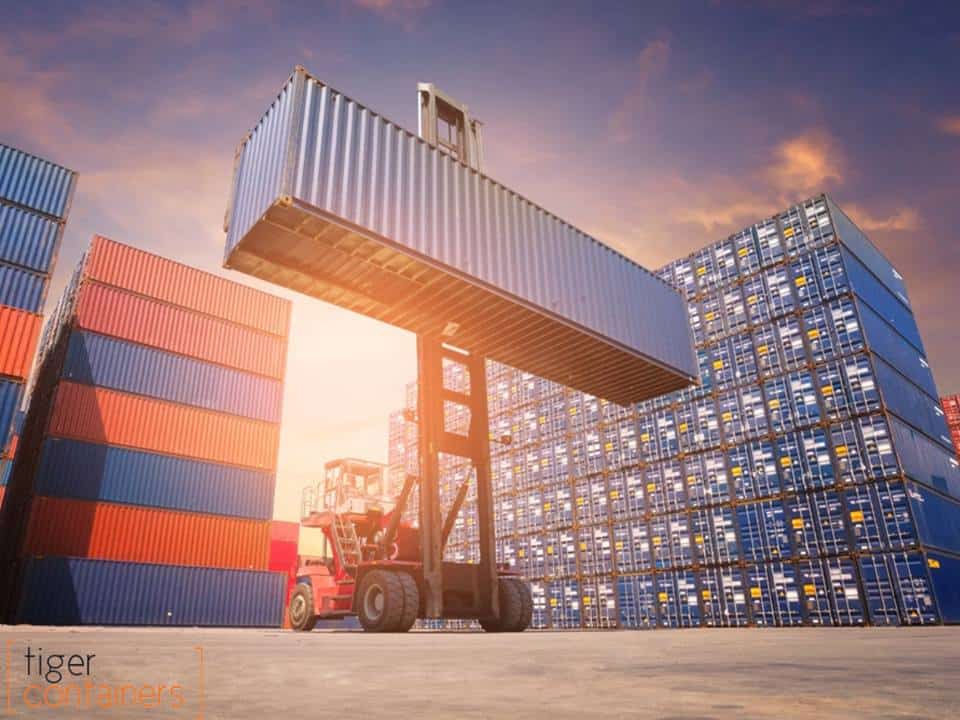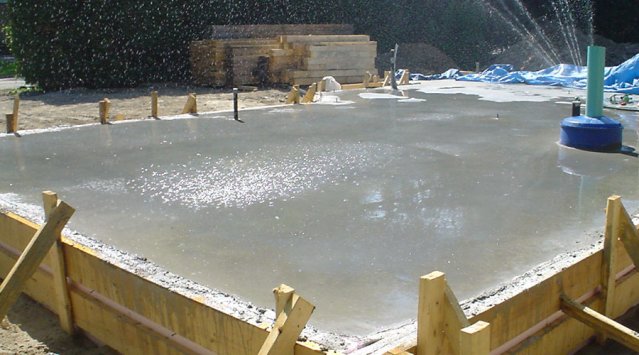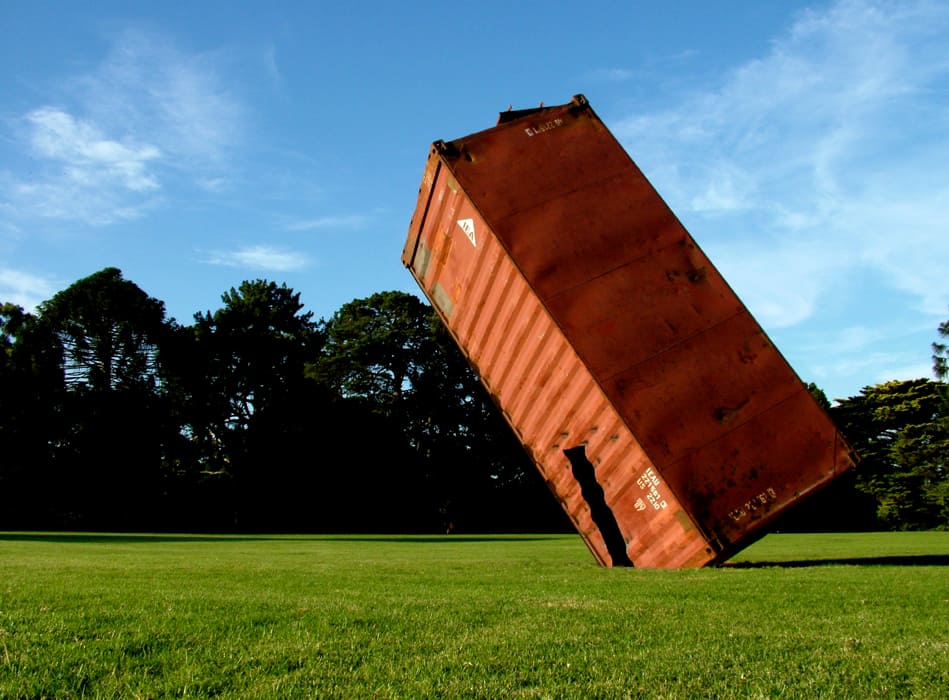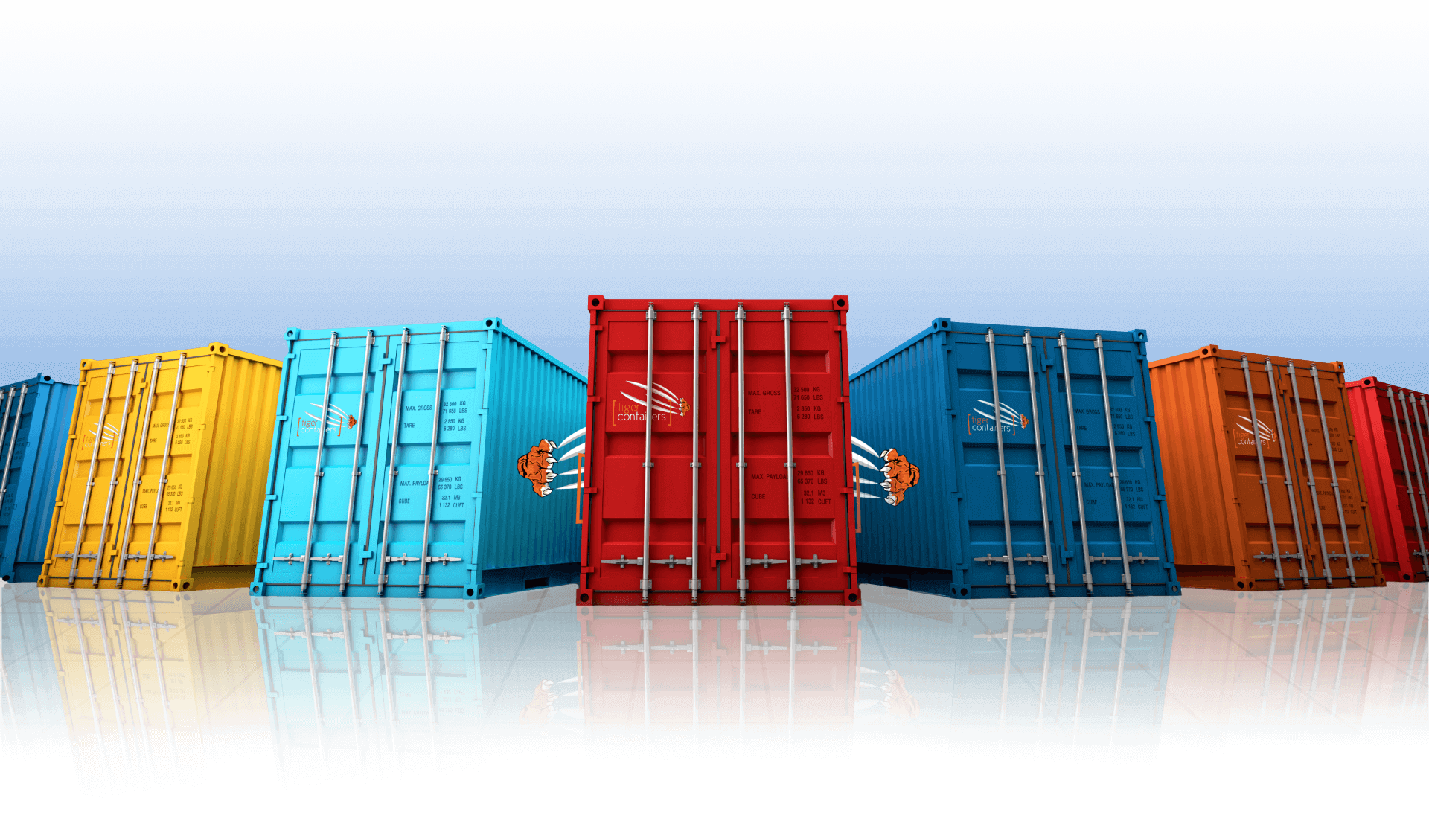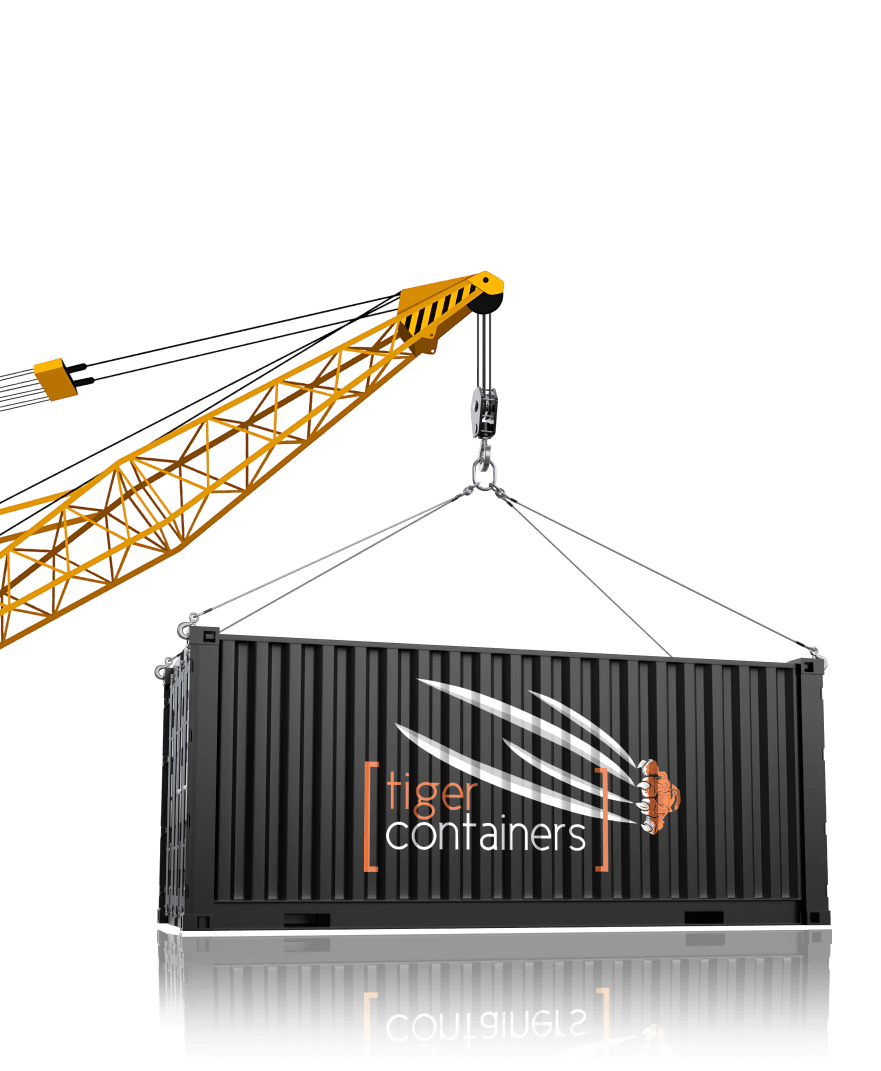Anything is only as solid and strong and stable as the foundation it sits on. Not only does this apply to buildings and homes, but if you plan to situate a large and weighty shipping container anywhere on your property – temporarily or permanently – then it needs a flat, firm and very robust foundation or you are going to experience problems. In this post, you’ll learn a number of options for preparing the foundation for your shipping container, no matter what your intended purpose for the container is.
Shipping containers are big and heavy, and if you plan to fill them with goods, then they’re only going to be heavier. Depending on what purpose your shipping container will be serving, it’s important to prepare a solid and stable foundation for the container to rest on.
This is especially important for containers that are going to become a more permanent fixture, such as:
- Home office
- Granny flat
- Home extension
- Garden shed
- Home or business workshop
- Roadside kitchen
- Cafe
- And more…
ACCESS
Before we get into ground preparation, it’s important that you’re choosing a location that allows enough access for the truck delivering the container to manoeuvre it into position. If the container can’t be successfully delivered, then there’s little point preparing the ground for its arrival.
While on the subject of accessibility, once your container has been delivered and set up in its new home, you also want to be sure you have enough access space around it. Depending on what you’re using the container for, you want the room to be able to load it and unload it, get furniture in and out of it, and just generally have unimpeded access to and from the modified container.
THE CONCRETE SLAB
If your shipping container is going to be in position on a permanent basis and there’s no concrete where you plan to situate it, then it’s probably the best idea to have a concrete reinforced slab laid. It’s an extra expense yes, but one that could save you some dramas (and money) down the track.
For example, let’s say you’re having a 20-foot container converted into a home office that’ll be located in your front yard. If the home office container was only sitting on the grass – even very flat grass – during periods of heavy rain, the ground beneath could subside a little and your office might start to sink.
It only has to sink a small amount at one end or corner for the entire office to be out of level.
That’s not something you want, so going the extra mile and laying a solid concrete foundation only makes logical sense.
It’s the same scenario if you plan to build a granny flat or workshop out the back from a used cargo container. You really want any permanent structure to be resting on a strong and permanent foundation.
In locations where containers will be sitting on areas of soft soil, where movement beneath the surface is likely, then a raft foundation might be the best option to take.
PUTTING A CONTAINER UP ON BLOCKS
This might be necessary when using a container for temporary storage or slow loading over a period of weeks. Even if the base is concrete, if the container is in an area that’s prone to flash flooding in heavy rain, then you don’t want that excess rainwater getting inside the container.
Blocks can be made of solid timer, lengths of steel, or even strong concrete blocks. They don’t need to sustain the weight of the container permanently. Anything that’ll hold up for a few weeks will get the job done.
It’s easiest to arrange the blocks first before delivery of the shipping container. When the container arrives, it can then be positioned onto the blocks.
If the container is already on location and you decide you need to place it up on blocks, then the use of a heavy-duty car jack can help raise each corner of the container enough the get the blocks positioned beneath it.
PILE FOUNDATIONS
When it comes to very weak soil or areas of sand on the surface, then it’s usually necessary to drive piles into the ground to find a firmer footing on which to build a foundation for your shipping container. You don’t want it moving around, and you definitely don’t want it to sink below the surface.
Piles are generally cylindrical tubes of solid steel. They are driven through the soft ground until they find a firm purchase of more solid ground or bedrock below. Once the piles are securely in place, then a concrete foundation can be laid, ready for your shipping container home office, house extension, granny flat or backyard workshop.
LEVEL THE GROUND
Whether you feel the need to lay a concrete foundation or not, what you do most definitely want is level ground. This might require hiring some machinery to get the ground level and prepared, such as a bobcat or small excavator.
This might be overkill if the container is only going to be situated in a certain spot for a few days or weeks, but necessary for anything more permanent. But even temporary container placement needs level ground that’s solid.
Once the ground has been levelled off, another good idea is to get a compactor in that will hammer the ground nice and flat and hard, giving you an even firmer surface for the arrival of your shipping container, or the laying of more permanent foundations.
Even if you have converted a cargo container into a mini mobile kitchen or store that you transport to various events, ground preparation is important, as you still require a solid foundation for your converted container, even if it’s only for a couple of days. In this instance, this might be something that needs to be worked out with event organisers.
THE TAKEAWAY
Temporary or permanent, it’s vital that your shipping container has a firm footing on which to rest. This will save you money, drama and possible damage or loss of business due to a subsiding shipping container on unstable ground.
If a converted container is going to become a permanent fixture, then it’s definitely worth it to go to the extra expense of having a concrete slab laid for complete peace of mind.






